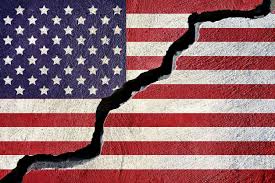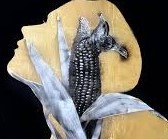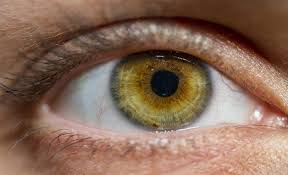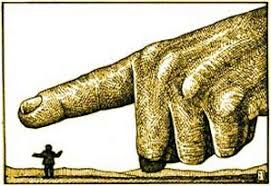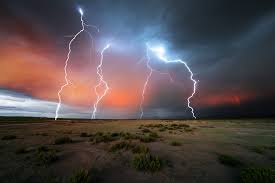
Can You “Believe” in Both Faith and Science?
During my time as a priest among the indigenous people of a remote area of Bolivia, I often thought that one of my jobs was trying to undo the spiritual damage done by Spanish missionaries several centuries before.
Truth is, I didn’t know what exactly was taught by the Spaniards, but I saw evidence that despite what they taught, a residue of people’s native religions remained.
After Catholic funerals, which they valued highly, they would gather for parties in which a lot of alcohol was consumed (much like the Irish of my parents’ and grandparents’ generations). And they would always pour a small portion of a drink onto the ground in honor of “Pacha Mama” or “Mother Earth.”
Llama Fetuses
When walking along the crests of the small mountains surrounding the village where I lived – which was in name, overwhelming Catholic – I would often find small “shrines” to the gods, complete with llama fetuses and other pagan objects.
The differences between where and how I grew up and their mix of practices and beliefs amounted to an immense cultural contrast. Among other things, theirs was a decidedly pre-scientific world.
They had unshakable, and in my view misplaced, beliefs about the importance of baptism, for instance. They believed bad things would happen to people who failed to get their babies baptized. One of the worst of these bad things was hail damage to their crops, most of which were potatoes and quinoa.
And it’s no wonder. Because of the peculiarities of the altiplano, the extremely high, flat areas of central South America, the weather seemed arbitrary and fickle. One person’s field would be devastated by large hail and 20 feet away another field would be untouched.
Arbitrary and Fickle
And it’s no wonder. Because of the peculiarities of the altiplano, the extremely high, flat areas of central South America, the weather seemed arbitrary and fickle. One person’s field would be devastated by large hail and 20 feet away another field would be untouched.
When that happened, community leaders would often search people’s homes to learn whether any children were unbaptized. If they found such cases, those families would be ejected from the community – a disastrous penalty for people so dependent on family.
One day I was celebrating Mass at a remote location in a one-room school with a corrugated tin roof. It had been a sunny day, and the room was packed. My homily was about God as loving Father who doesn’t punish his children in this life. About halfway through, the most violent, deafening hailstorm began pounding the roof, making it necessary to suspend the homily until the storm passed.
It was a bit embarrassing, but I continued trying to persuade them that hailstorms and other such natural phenomena are random. It was a hard sell.
Residual Pre-Scientific Feelings
I believe all of us – including people of faith, people searching for God and even atheists and agnostics – have residual pre-scientific feelings about how the world works. The apparent randomness of the natural world is sometimes hard to accept.
The Bolivia experience helped me appreciate the contribution science has made in the lives of those of us who live in the “developed” world. It’s a good thing to better understand the world, even if in a limited way (and it’s limited even for the most accomplished scientist).
And I see no contradiction between science and faith, even though many scientists and many religious people do. And that accounts for the fact that even though there may be no contradiction between the two, there is conflict.
In my view, people searching for God should adopt the idea that both science and faith are from God, and that both are ways of knowing. And, that conflicts often occur when we fail to understand and appreciate one or the other.


